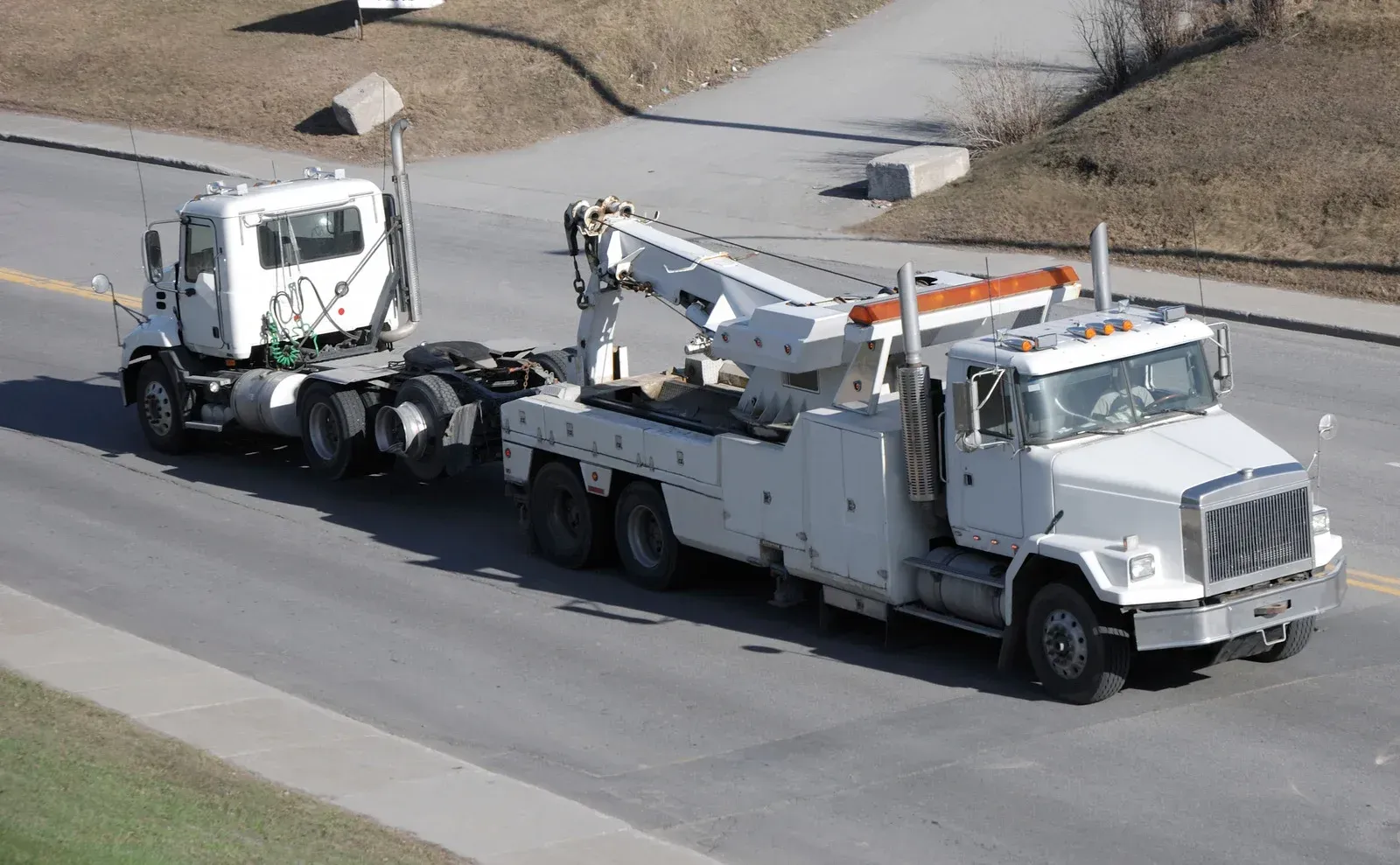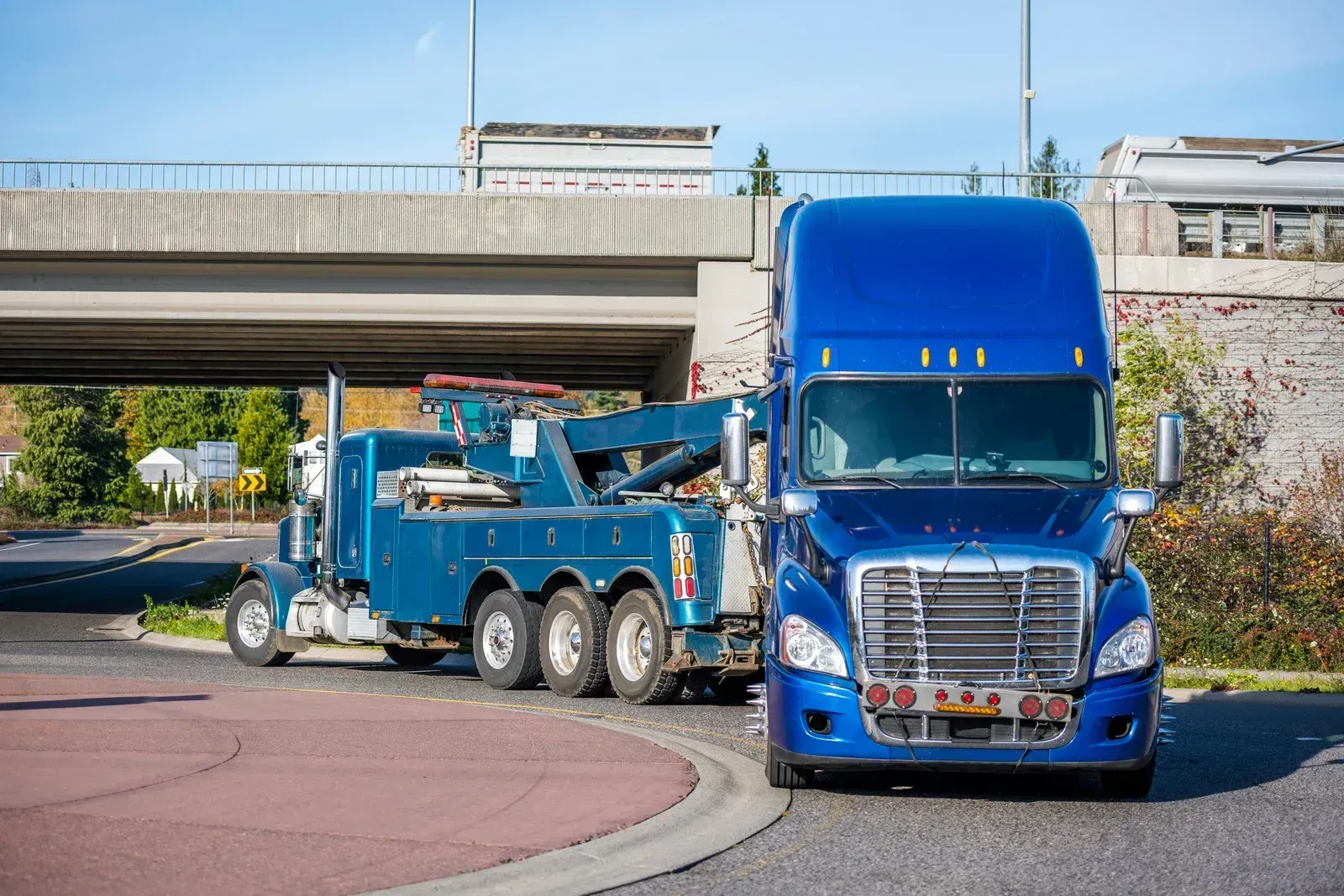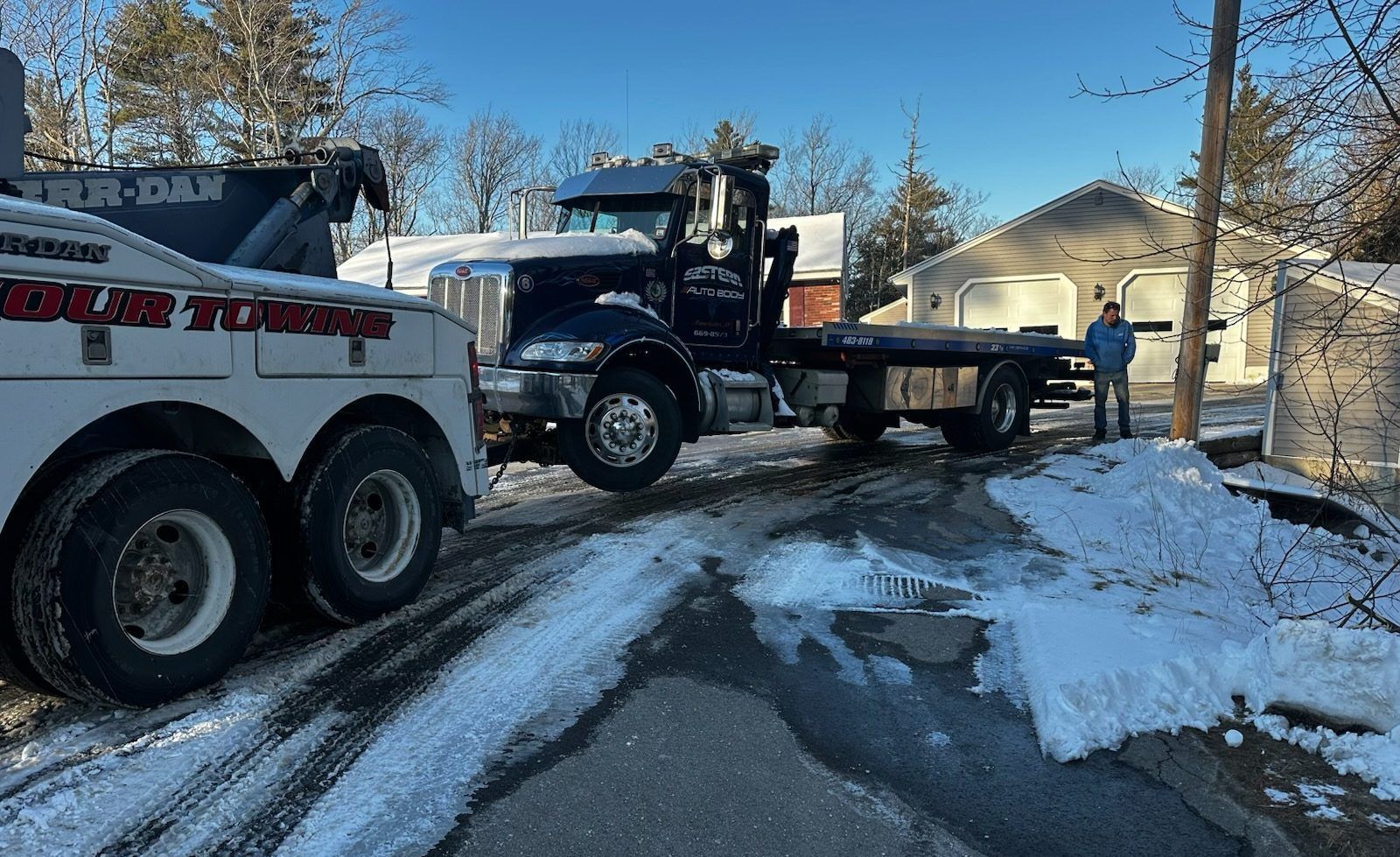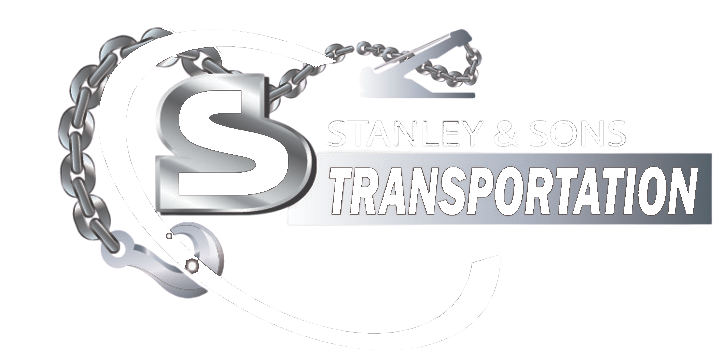Light vs. Heavy Towing: What’s the Difference and When Do You Need Each?
When your vehicle breaks down or needs transportation, choosing the right towing service is crucial. Whether you drive a compact car or operate a commercial truck, understanding the difference between light and heavy towing can help you make the best decision. In this guide, we’ll break down the key differences and when you might need each service.
What is Light Towing?
Light towing refers to the transport of smaller vehicles and is typically handled by standard tow trucks or flatbeds. This type of towing is designed for passenger vehicles and smaller trucks that don’t require specialized equipment.
Examples of Vehicles for Light Towing:
- Sedans and coupes
- SUVs and pickup trucks
- Motorcycles
- Small vans
- Light-duty work trucks
Situations Where Light Towing is Needed:
- Your car breaks down on the road and needs to be taken to a repair shop.
- You experience a flat tire and require transport to a nearby service station.
- Your vehicle is stuck in a minor ditch or off-road area.
- You need to transport a motorcycle or small truck to a different location.
Light towing services are fast, efficient, and cost-effective for everyday vehicles, ensuring a smooth and damage-free towing experience.
What is Heavy Towing?
Heavy towing is designed for larger vehicles and equipment that require specialized tow trucks and techniques. It involves moving commercial and industrial vehicles that exceed the weight limits of standard tow trucks.
Examples of Vehicles for Heavy Towing:
- Semi-trucks and big rigs
- Commercial box trucks
- Buses and RVs
- Construction equipment (bulldozers, excavators, etc.)
- Heavy-duty work trucks
Situations Where Heavy Towing is Needed:
- A semi-truck is stranded due to an engine failure or accident.
- An RV needs transportation to a service center.
- A commercial truck is involved in a roadside emergency.
- Heavy machinery needs to be moved between job sites.
- Load shifts or cargo transfers require specialized handling.
Because of the weight and size of these vehicles, heavy towing requires experienced operators, specialized equipment, and strategic planning to ensure safe and efficient transport.
Key Differences Between Light and Heavy Towing
- Vehicle Size: Light towing is for smaller cars, motorcycles, and light trucks, while heavy towing is for large commercial vehicles, RVs, and construction equipment.
- Equipment Used: Light towing uses flatbeds and wheel-lift tow trucks, whereas heavy towing requires heavy wreckers, Landoll trailers, and lowboy trailers.
- Common Services: Light towing helps with everyday car breakdowns and minor roadside issues, while heavy towing is used for big trucks, machinery transport, and accident recovery.
- Complexity: Light towing is quick and straightforward, while heavy towing requires more planning, special equipment, and trained professionals.
Choosing the Right Towing Service
When determining whether you need light or heavy towing, consider the following:
- Vehicle Size & Weight: If your vehicle is under 10,000 lbs., light towing is usually sufficient. Anything above this weight may require heavy towing.
- Situation: If you drive a standard car, an everyday tow service will suffice. If you operate a large truck or industrial vehicle, heavy towing is your best option.
- Roadside Assistance Needs: Some situations, such as minor roadside repairs, may not require towing at all. However, when transport is necessary, choosing the right service ensures safety and efficiency.
Trust Stanley & Sons Transportation for Reliable Towing
No matter the size of your vehicle, Stanley & Sons Transportation provides expert light and heavy towing services. Our team is equipped with the latest towing technology and experienced professionals ready to assist you 24/7. Whether you need a quick tow for your sedan or heavy-duty recovery for a semi-truck, we’ve got you covered.
If you need towing assistance, contact
Stanley & Sons Transportation today!




